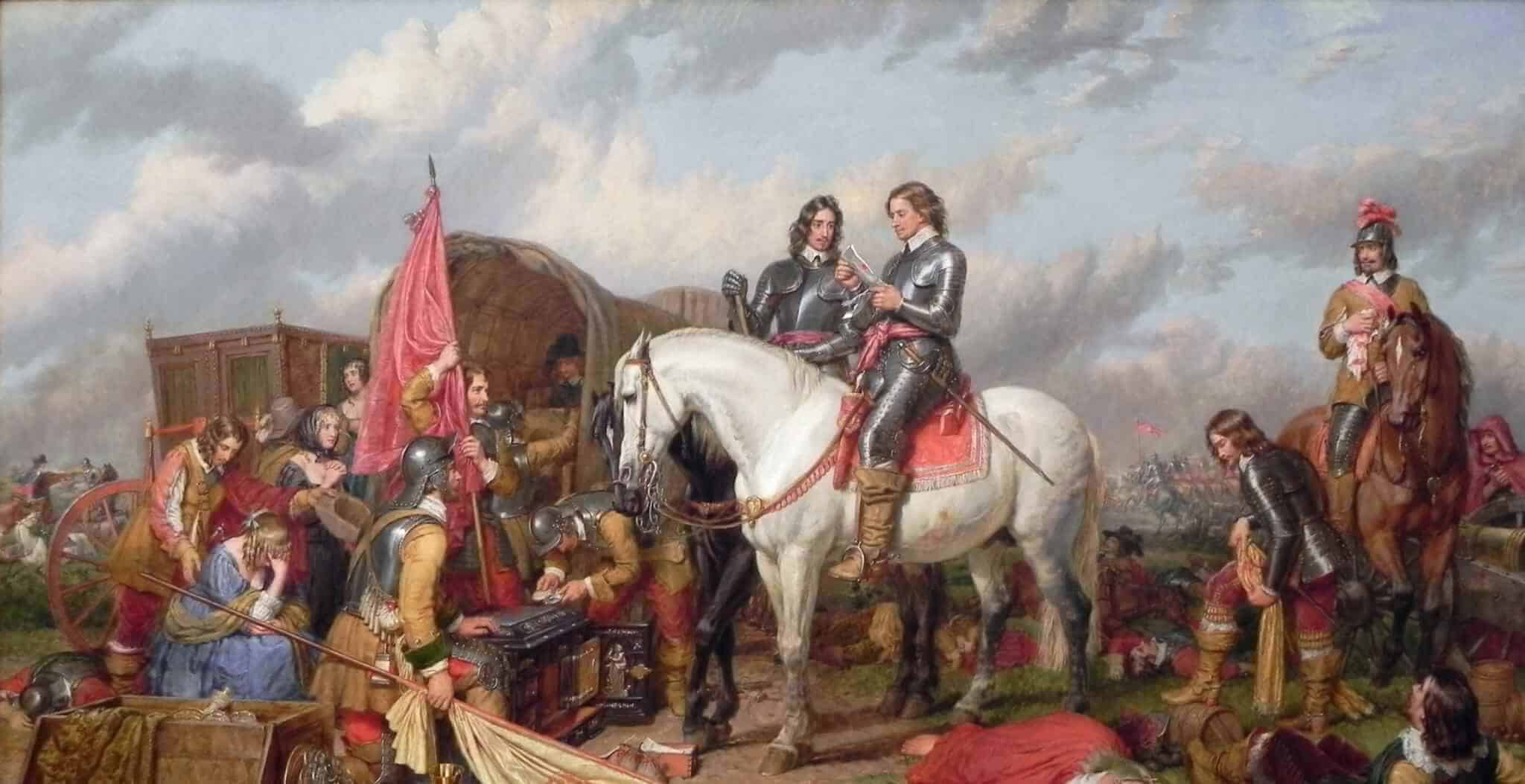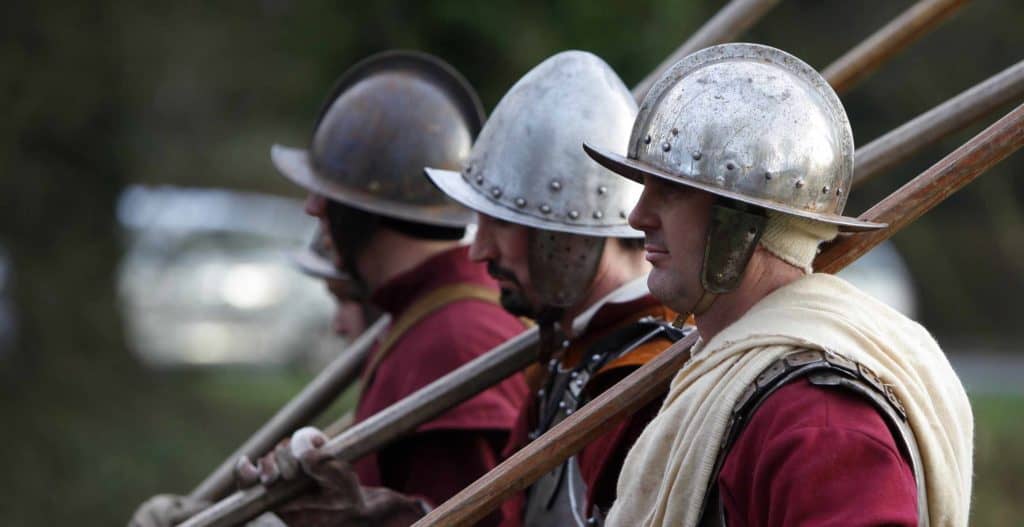The last battle of the First English Civil War took place in the early morning of 21st March 1646, just one mile north of the Cotswold market town of Stow-on-the-Wold.
The Royalist (Cavalier) cause was in a desperate situation as King Charles I anxiously waited for the arrival of promised relief forces from Ireland, Scotland and France. If the king’s commander Sir Jacob Astley could fight his way to Oxford, there was a chance that they may be able to hold out until the foreign re-enforcements arrived.

An experienced soldier, Astley had gathered the remnants from the Royalist garrisons left in the West and now marched his 3,000 strong force along the banks of the River Avon towards Oxford.
Finding his way blocked by a slightly smaller Parliamentarian (Roundhead) army, Astley had no option other than to position his troops atop a hill to the northwest of Stow.
The battle started with the Roundhead forces charging up the hill to meet the Royalist ranks. Initially the Parliamentary infantry were pushed back, but when the cavalry of Sir William Brereton made a decisive attack, the Royalists cavalry broke and fled the field.
The Royalists fought a running retreat back through the streets of Stow, where Astley finally sat down on the ancient cross monument in the market square and declared, “You have done your work, boys, and may go play …”
With Astley’s defeat, Charles realised that the end was in sight and surrendered soon afterwards to the Scottish army at Newark, in May 1646.
Click here for a battlefield map.
Key Facts:
Date: 21st March, 1646
War: English Civil War
Location: Near Stow-on-the-Wold, Cotswolds
Belligerents: Royalists and Parliamentarians
Victors: Parliamentarians
Numbers: Royalists 3,000, Parliamentarians 2,500
Casualties: Royalists around 2,000, Parliamentarians negligible
Commanders: Sir Jacob Astley (Royalists), Sir William Brereton (Parliamentarians)








